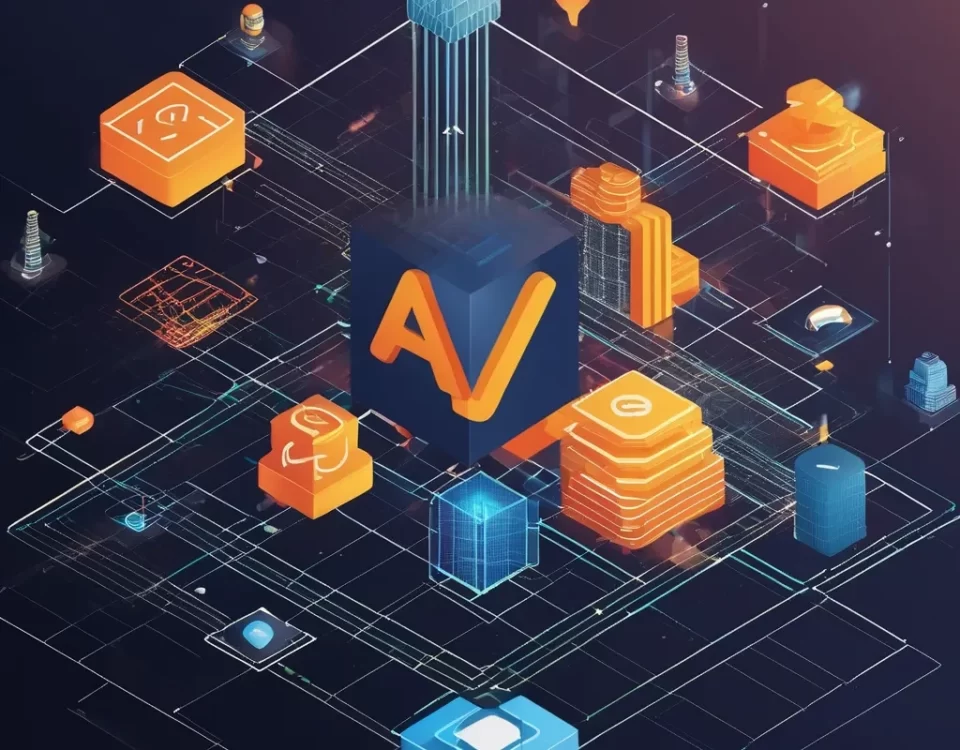
Top 10 No-Code Tools Every Builder Needs in 2025
January 18, 2025
Securing Your Business from Unauthorized AI Use
February 23, 2025As an AI developer, I’ve witnessed firsthand the challenges of managing complex infrastructure while trying to focus on building cutting-edge models. That’s why I’m excited to dive into the world of serverless AI development and explore how it’s transforming the landscape for developers like us.
The Serverless Revolution in AI
Imagine a world where you could deploy your AI models without worrying about servers, scaling, or infrastructure management. That’s the promise of serverless AI development, and it’s not just a dream—it’s becoming a reality.
Serverless architecture allows developers to focus on writing code and building models without the overhead of managing servers. This paradigm shift is particularly game-changing for AI development, where computational resources can be a significant bottleneck.
Why Serverless is a Game-Changer for AI Developers
- Focus on Innovation: With serverless, you can channel your energy into what matters most—creating groundbreaking AI models.
- Scalability on Demand: Your applications automatically scale based on demand, ensuring optimal performance during peak times.
- Cost-Effectiveness: Pay only for the compute resources you use, reducing overall infrastructure costs.
- Rapid Deployment: Get your AI models into production faster with streamlined deployment processes.
Serverless vs. Traditional AI Development Platforms
Let’s break down the key differences:
| Aspect | Serverless AI | Traditional Platforms |
|---|---|---|
| Infrastructure Management | Handled by the provider | Managed by the developer |
| Scaling | Automatic | Manual or pre-configured |
| Cost | Pay-per-use | Fixed costs + variable usage |
| Deployment Speed | Rapid | Often slower |
| Focus | Code and models | Code, models, and infrastructure |
The shift to serverless allows AI teams to be more agile and responsive to changing needs, a crucial advantage in the fast-paced world of AI development.
Spotlight on Modal: A Python and Rust-Based Serverless AI Platform
One platform that’s making waves in the serverless AI space is Modal. Built with Python and Rust, Modal offers a unique blend of performance and ease of use that’s particularly appealing to AI developers.
Key Features of Modal:
- Seamless AI Model Deployment: Deploy your models with just a few lines of code.
- Cost-Effective Scaling: Only pay for the compute you use, with automatic scaling to meet demand.
- Python-First Approach: Leverage the rich ecosystem of Python AI libraries.
- Rust-Powered Performance: Benefit from the speed and efficiency of Rust under the hood.
Real-World Applications: NLP and Beyond
The power of serverless AI development shines brightest when applied to real-world problems. Take Natural Language Processing (NLP) as an example. With Modal, developers can deploy large language models that automatically scale to handle varying loads of text processing tasks.
Imagine building a sentiment analysis tool that can handle millions of social media posts during major events, automatically scaling up and down as needed. That’s the kind of flexibility and power that serverless AI development brings to the table.


